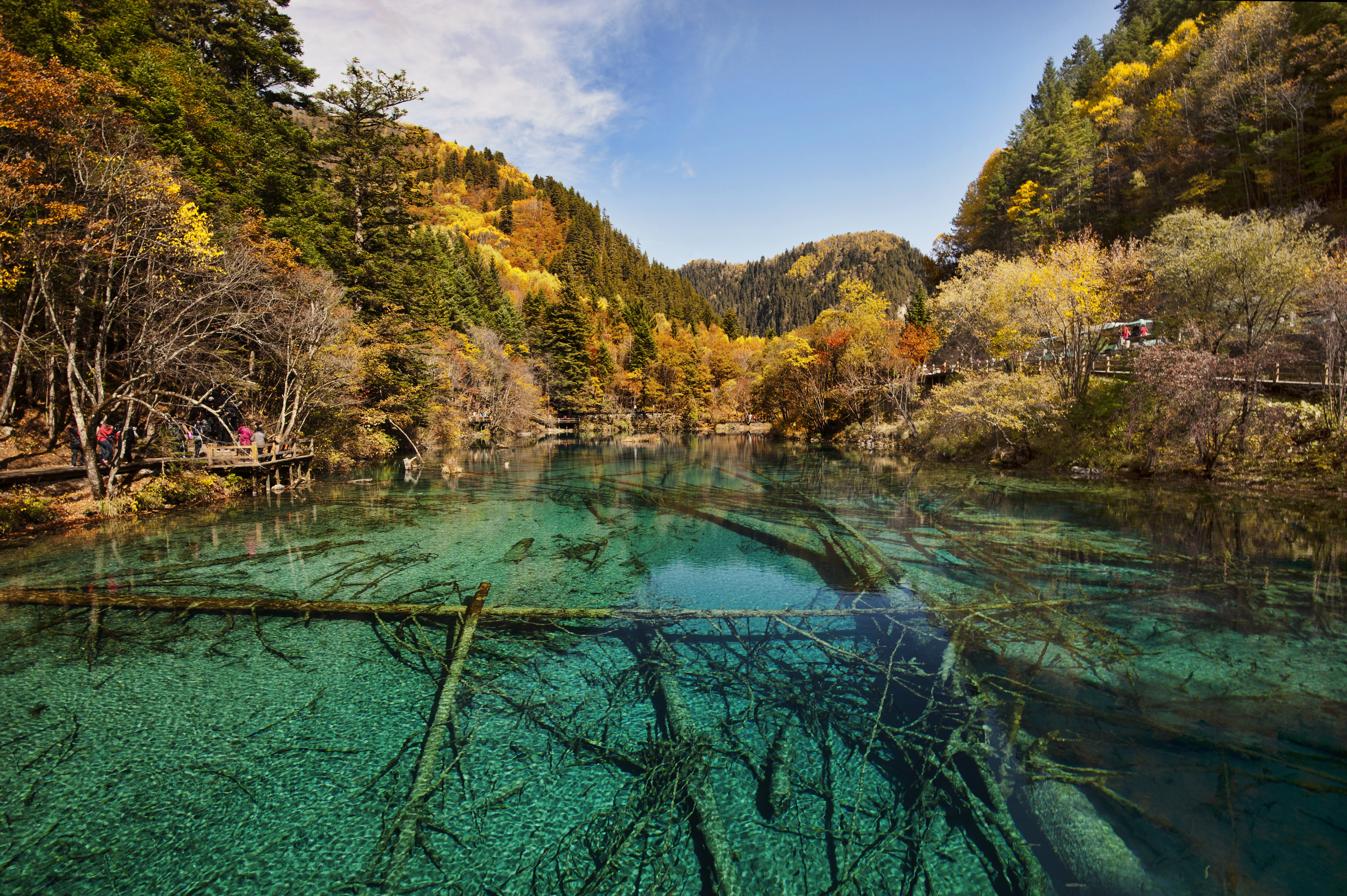
Is Jiuzhaigou a Valley?
Jiuzhaigou, often referred to as Jiuzhaigou Valley, certainly lives up to the "valley" part of its name. Stretching over 72,000 hectares in the northern part of Sichuan Province, China, this UNESCO World Heritage Site is a breathtaking masterpiece of nature, sculpted by high-altitude valleys carved by glacial activity.
Jiuzhaigou's Valley System
The heart of Jiuzhaigou's beauty lies within its intricate valley system. Imagine a three-pronged fork – that's the basic layout of the main valleys, each cradling a string of vibrant, turquoise lakes:
| Valley Name | Length (approx.) | Notable Features |
|---|---|---|
| Rize Valley (日则沟) | 18 km | Five Flower Lake, Pearl Shoal Waterfall |
| Zechawa Valley (则查洼沟) | 18 km | Long Lake, Five Coloured Pool |
| Shuzheng Valley (树正沟) | 14.5 km | Nuorilang Waterfall, Sparkling Lake |
These valleys weren't formed overnight. Millennia of glacial movement, combined with tectonic activity, have gouged and shaped the landscape. The result? Deep, elongated valleys flanked by towering peaks, their slopes often cloaked in lush forests.
The Role of Altitude
Jiuzhaigou's highest point soars to over 4,800 meters (15,748 ft) above sea level. This dramatic variation in altitude plays a crucial role in its diverse ecosystems. As you journey through Jiuzhaigou, you'll transition from:
- Mixed Forests: Lower elevations host a rich tapestry of deciduous and coniferous trees.
- Coniferous Forests: As you climb higher, pines and firs dominate the landscape.
- Alpine Meadows: Above the treeline, sweeping meadows carpeted with wildflowers take over.
Beyond the Valley Floor
While the valley floor, with its lakes and waterfalls, is undoubtedly the star of the show, the surrounding peaks are essential to Jiuzhaigou's character. They act as:
- Dramatic Backdrops: Towering limestone cliffs provide a stunning contrast to the turquoise waters below.
- Water Sources: Snowmelt and rainfall from the mountains feed the streams and waterfalls that cascade down the valleys.
- Ecological Niches: The varied slopes and elevations create a mosaic of habitats for diverse plant and animal life.
So, Is Jiuzhaigou a Valley?
In short, yes! Jiuzhaigou is a complex and captivating valley system. Its beauty stems from the interplay between its geological history, altitude variations, and the remarkable ecosystems that thrive within this unique environment.
FAQs
What makes Jiuzhaigou Valley unique?
Jiuzhaigou Valley's uniqueness lies in its combination of vibrant, colorful lakes, cascading waterfalls, lush forests, and snow-capped peaks, all set within a dramatic, high-altitude valley system formed by glacial and tectonic activity.
What is the best time to visit Jiuzhaigou?
Autumn (mid-September to mid-October) is considered the most spectacular time to visit, as the foliage bursts into a vibrant display of reds, oranges, and yellows.
How were the lakes in Jiuzhaigou formed?
The lakes were formed over thousands of years through a combination of glacial activity and the deposition of calcium carbonate (travertine) from the region's karst landscape. This process creates natural dams, trapping water and forming the stunning, colorful lakes Jiuzhaigou is famous for.